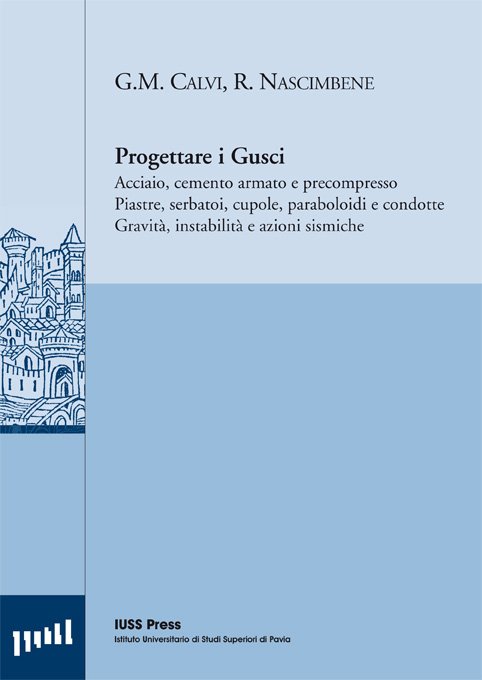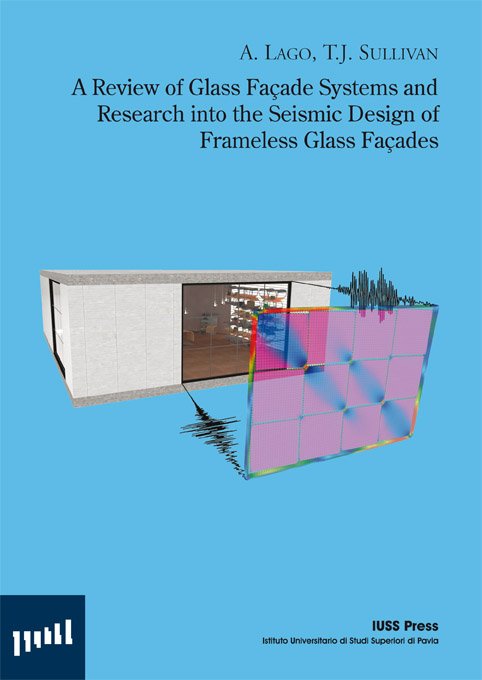Catalogue

Progettare i Gusci
04/01/2011
Performance-Based Seismic Design of Tall RC Wall Buildings
24/02/2011A Review of Glass Façade Systems and Research into the Seismic Design of Frameless Glass Façades
Original price was: € 25,00.€ 15,00Current price is: € 15,00.
A. Lago, T.J. Sullivan
Research Report Rose 2011/01
ISBN: 978-88-6198-059-4
Recent earthquakes have shown that limiting the losses associated with damage to non-structural elements is becoming increasingly important.
FUORI CATALOGO
Recent earthquakes have shown that limiting the losses associated with damage to non-structural elements is becoming increasingly important. To this extent, glazing is one of the most frequently used façade materials in newly constructed buildings. However, few studies appear to have been conducted into the seismic response of glass façade systems and consequently national building codes provide only limited guidelines for their seismic design and analysis. This report reviews the numerous glass façade systems that are currently available in the construction industry. The characteristics of different types of glass, sealant and structural systems used for façade systems are described and critical design considerations discussed. It is pointed out that modern architectural trends are continuing to push for frameless glass systems that do away with the classic mullion concept in order to increase the transparency of the façade. The report then identifies a modelling and analysis approach to study the in-plane behaviour of glass systems with structural adhesive joints and steel boundary frames. A numerical model is calibrated against experimental testing results from the literature. Having calibrated the modelling approach, a series of pushover analyses are then conducted to investigate the in-plane response of multi-pane façade systems, considering a range of glass and sealant thicknesses, and different pane configurations. The results show that the adhesive properties of the sealant tend to govern the seismic in-plane displacement capacity of the frameless façade systems and in particular, the sealant thickness can dictate whether or not code performance requirements can be satisfied. Moreover, the dimensions of the glass panes and the number of glass panes per main direction are found to play an important role since rectangular configurations can provide larger in-plane displacement capacity. The last part of the report proposes a simple mechanical model for the prediction of the displacement capacity of frameless glass façade systems. The procedure, considered an extension of existing approaches in the literature, allows identification of the displacement at which the glass panes contact either each other or the outer frame. By comparing predicted deformation capacities with those obtained from the numerical parametric analyses, it is shown that the mechanical model can predict the first limit state for frameless glass façades well.
| Weight | 0,650 kg |
|---|---|
| Dimensions | 17,0 × 24,0 cm |

